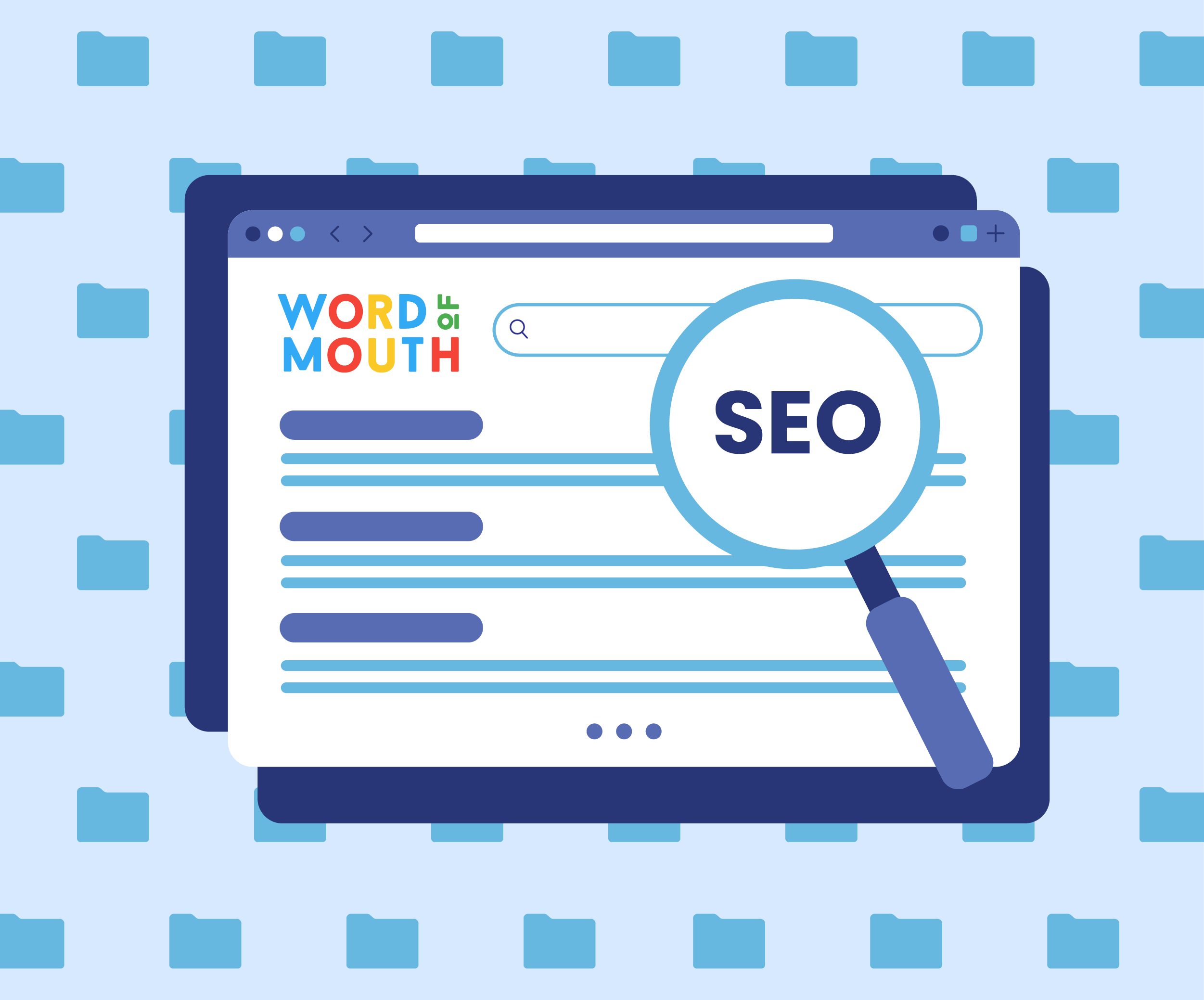What is SEO, And Why Is It Important For Business Growth?

You’ve probably heard the term SEO being thrown around, but what does it even mean? SEO stands for Search Engine Optimisation – increasing both the quality and quantity of traffic to your website through organic search engine results. To put it simply, it is a way to get people on your website when they search or ‘Google’ certain words or phrases, without having to pay for ads. This includes the use of relevant keywords in titles, and headlines (H1), meta descriptions, descriptive URLs with keywords rather than strings of numbers, and schema markup to specify the page’s content meaning, among other SEO best practices.
So how does it work? Every search engine has its own crawlers that scour the internet and find web pages, which are then added to the search engine’s index. Once someone types into the search bar, the search engine goes through all pages saved in the index, selects which ones are related to the query, and ranks them according to relevance. And thus, a SERP (search engine results page) is born. Since each search engine has a different ranking algorithm, it’s hard to cover them all. However, Google has a marketing share of 92% which is why it’s best to optimise your web pages for Google.
Here are 3 things to consider when building or optimising your web pages:
1. Mobile Friendliness
In 2018 Google shifted to mobile-first indexing, meaning they now use the mobile version of your page for ranking and indexing instead of the desktop version. With 63% (and growing) of Google searches coming from mobile devices, it comes as no surprise that Google would give a ranking boost to mobile-friendly websites, after all, Google wants to keep its users satisfied.
2. Page Speed
This is how fast your page loads and is a ranking factor on desktop and mobile. Why is it important? If users are clicking on search results that take too long to load, they are going to be dissatisfied and may end up exiting your page, which is not in your best intentions or Google’s. A quick way to fix this is to ensure you compress and optimise images and videos, reduce your redirects, enable browser caching, and minify CSS, JavaScript and HTML.
3. Backlinks
These are links from one website to another website, and are essentially votes that tell search engines “this content is credible and useful”. The more votes or backlinks, the higher your site will rank. You can’t just link to random sites and think this will increase your ranking – Google wants to see that the two sites are related. If you post an article about growing carrots, linking to a website with a recipe to use carrots is stronger than linking to a website about shoes. The golden rule here is not to shoehorn links where they don’t belong. Always link contextually.
Unlike paid search ads, you can’t pay search engines to get higher organic search rankings, which means SEO should be a huge factor when considering marketing. Google processes billions of search queries daily, and organic search results are a big fish in a bigger pond. So while there is some up-front and ongoing investment required to secure and maintain organic rankings, every click that sends traffic to your website is completely free. In the end, having greater visibility and ranking higher in search results than your competition can have a material impact on your bottom line.